Laury and Jerry Tarver love to travel and shared with me the experience of their Spain trip to visit their daughter, who was studying abroad in 2019.
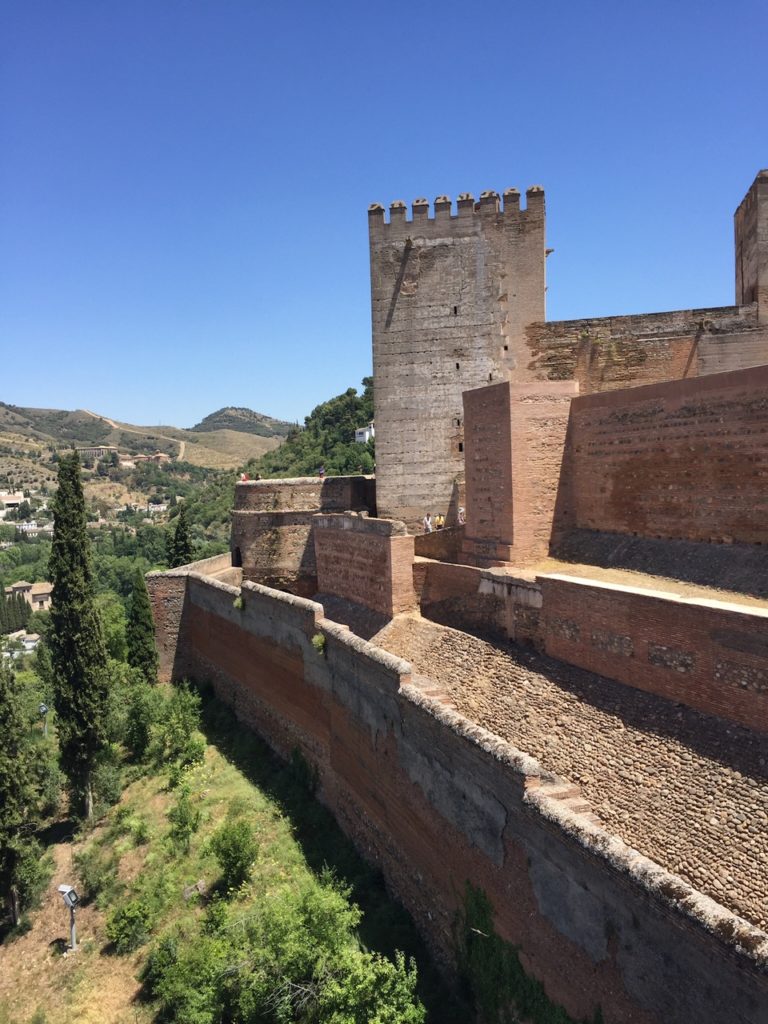
Why did they choose Spain? It was still on their bucket list, and it was the perfect opportunity to visit their daughter, Annie, while she was obtaining her Ph.D. in romance language linguistics, having been a Spanish major in college. Their daughter’s specialty was the Castilian language, which is spoken in the Province of Castellon, just south of Barcelona.
Why else would one want to visit Spain? The Tarvers would probably say, visit for the culture, architecture and food! Jerry explained that previously Spain had not been in the typical central Europe travel route. It is geographically isolated, and only physically connected to the rest of Europe by the Pyrenees mountains. Jerry said that before learning more about Spain, he almost expected the country to be poorer than other European countries. But Spain has long since recovered from the wars of the last century. When the Tarvers arrived, they realized that Spain was as polished as any other European country. Laury added that Spain is every bit as romantic as Italy.
Culturally Spain is unique, in part because of the Islamic influence, which is demonstrated beautifully in the architecture. It is fortunate that you can go to Spain and be somewhat transported to the Arabic world, without traveling to the middle east. This adds another element to the rich culture of the land of Flamenco and tapas.
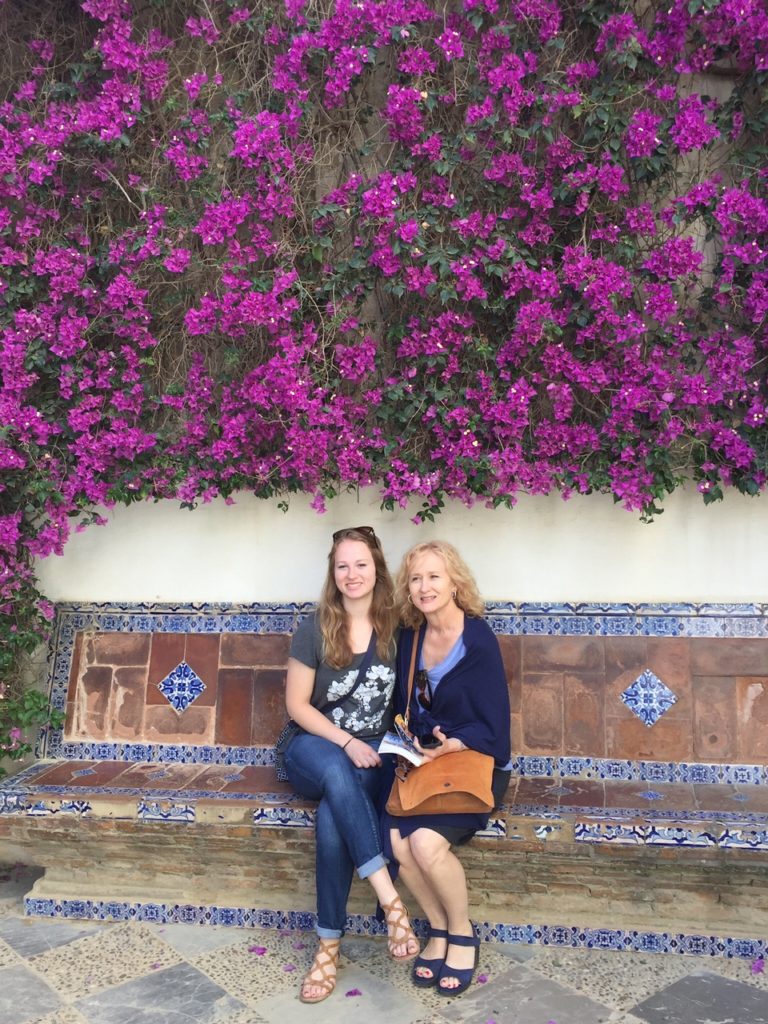
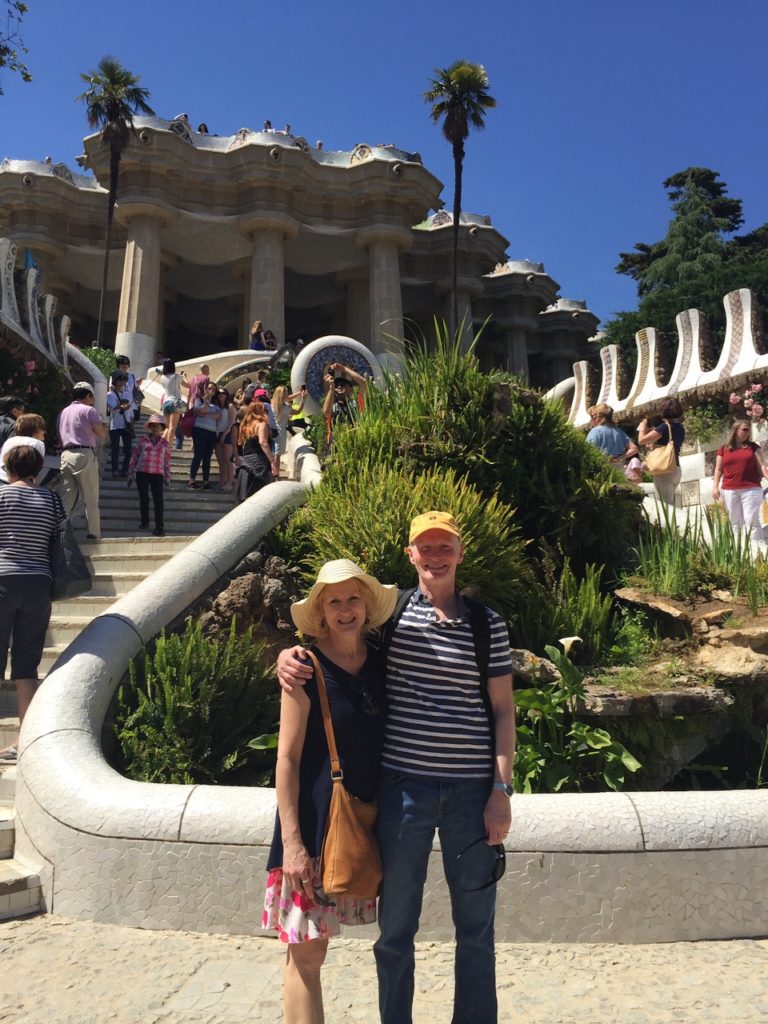
Barcelona
The Tarvers flew to Barcelona at the beginning of their trip. They visited Las Ramblas, the large boulevard that runs from the center of the city towards the Mediterranean. It is now entirely pedestrian and is a must-visit area of Barcelona, even if crowded with tourists. The Tarvers enjoyed visiting buildings in Barcelona that provide great views of the city. Las Arenas, a once famous bullring and the Barcelo Raval Hotel are buildings that fit the bill for beautiful views. In the evenings, they went to the Magic Fountain of Montjuḯc with light shows every night set to music, before eating at the tapas bars. The Tarvers also enjoyed visiting art museums and watching the street musicians. There are many art museums in Barcelona, including the notable Barcelona Museum of Contemporary Art, the Museu Nacional d’Art de Catalunya (MNAC), Museu Picasso, and the Miro Foundation, to name only a few. One of Jerry’s favorite experiences was visiting La Pedrera apartments, also known as Casa Mila, designed by modernist architect, Antonio Gaudi. Casa Vicens is another one of his residential works of architectural art. Park Guell was designed by Gaudi and also provides a great view of the city. The Tarvers also visited the La Sagrada Familia basilica, possibly Gaudi’s most famous design, which is still under construction. They did purchase their tickets ahead of time so they could walk in at their allotted time without missing the opportunity to visit while in Barcelona.
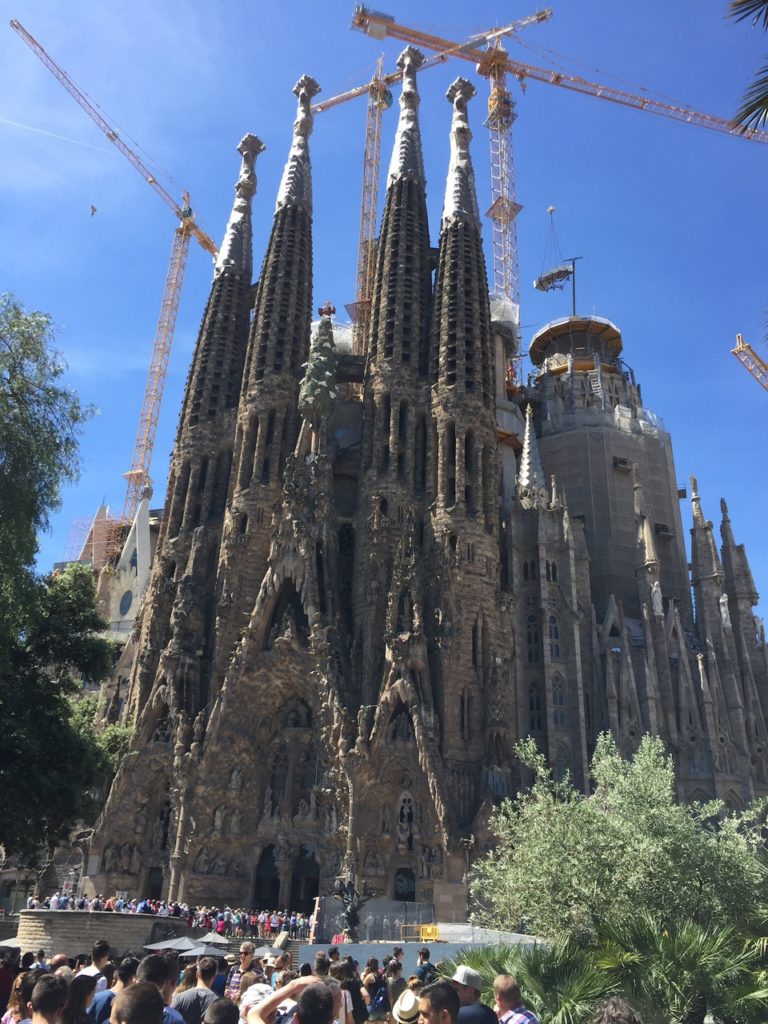

Madrid
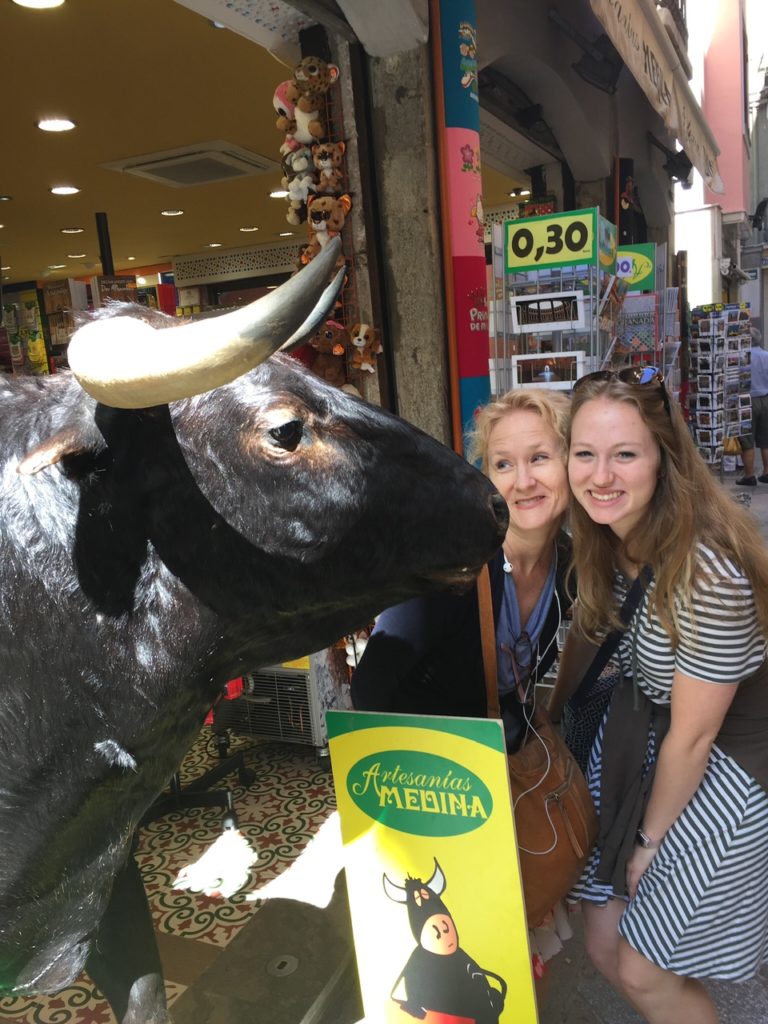
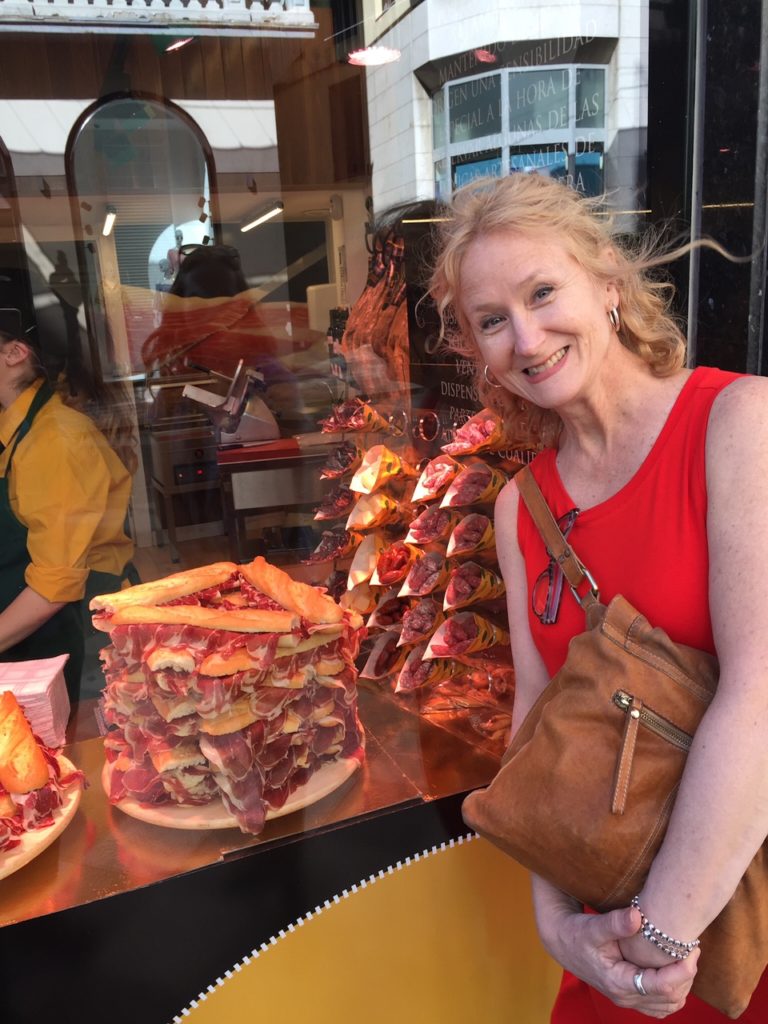
Next, the Tarvers took a train to Madrid, the centrally located capital of Spain. Madrid is very modern, western, a hub for industry, and features a wonderful museum district. While in Madrid, the Tarvers went to several museums and visited city parks and squares. Puerto de Sol is the city’s most famous square, and is the official center of Spain’s network of roads. The culinary delights of Madrid were not lost on the Tarvers. They enjoyed churros and chocolate and indulged in the world famous jamon (ham) sandwiches. The area is known for its acorn-fed, high quality jamon. Orange trees are all over Madrid, and olive groves cover the surrounding countryside. Laury noted that Spain produces more olive oil than Greece. One of the highlights of their visit to Madrid was seeing the Royal Palace of Madrid. It is one of the largest grand palaces of Europe. With over 3,000 rooms, its opulence is reminiscent of Versailles.
Granada
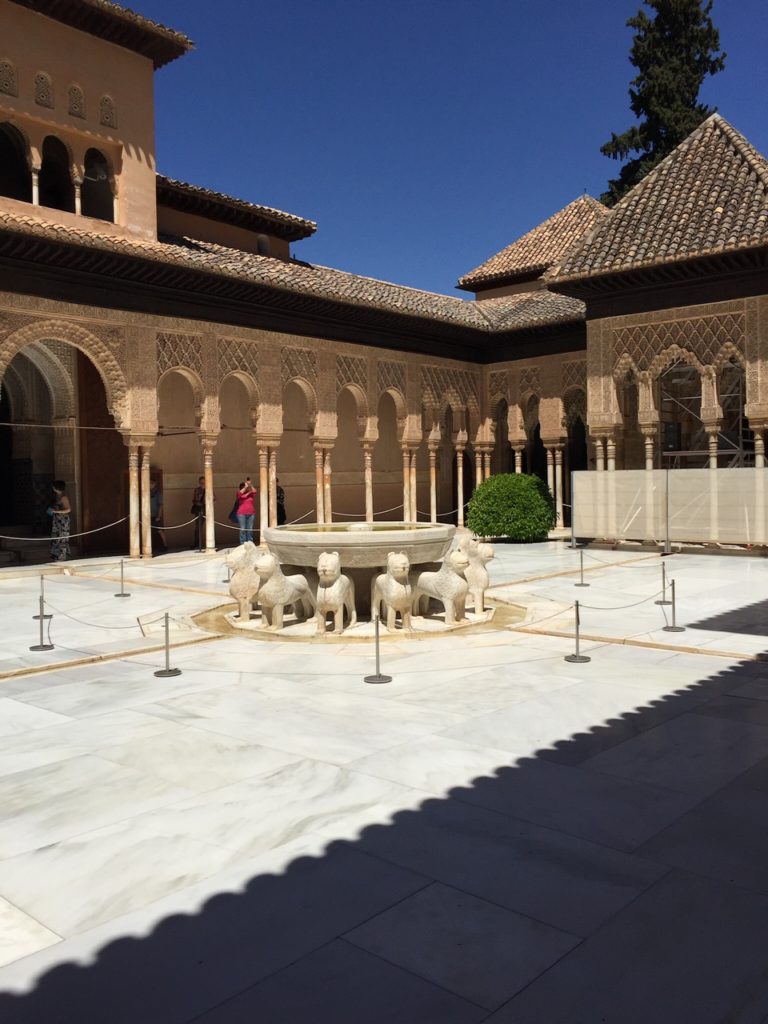
Ronda
They then took a train to Granada, where they saw the Alhambra, the highlight of the trip for Laury. Outside of the Alhambra, there are beautiful mountains in the distance which enhance the beauty of the location. Inside there are multiple palaces built over the centuries. The Alcazaba is the old fortress. The Nasrid Palaces are three palaces built during Islamic rule, in which there are gardens, indoor courtyards and fountains. The design in mosaic is incredibly beautiful and intricate. It was built during the Arab rule of Spain, and according to Muslim belief, design and pattern is used instead of the depiction of people. Also within the grounds is the Palace of Charles V, built in the Renaissance style after Moorish rule had ended. The Tarvers purchased tickets in advance and booked a tour guide.
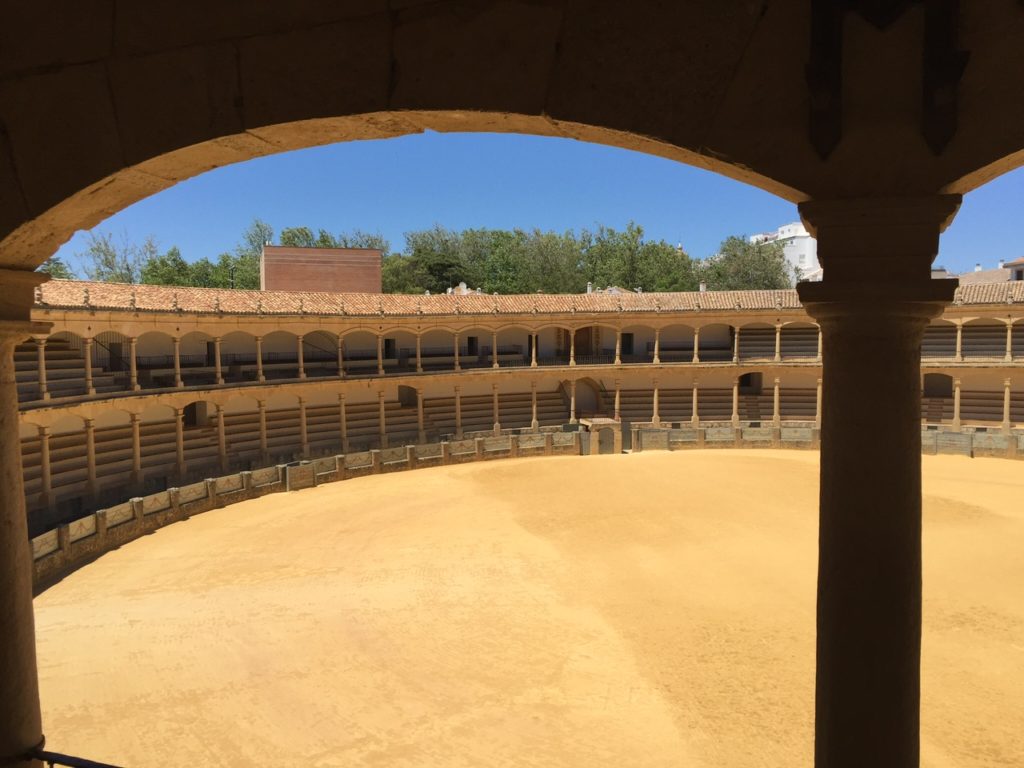
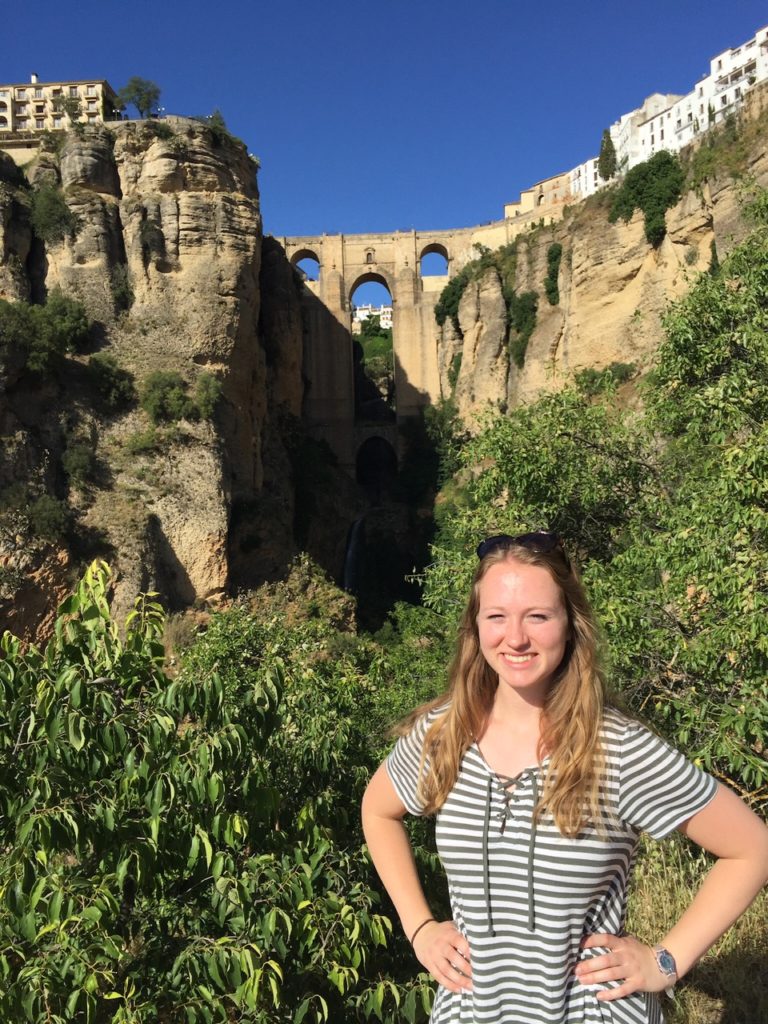
About 75 miles southeast of Seville sits the hill town of Ronda, where the Tarvers traveled by bus. It is perched high up on cliffs over a gorge. The town spans the gorge, and walking trails below the city and a high bridge above connect one part of the city with the other. While there, the Tarvers toured the bullring, the Plaza de Toros de Ronda. It is a beautiful structure with an arched colonnade supporting the roof over the seating area. There is also a museum there, the Museo Taurino, that helps explain the tradition and meaning of bullfighting.
Seville
The Tarvers then went to Seville, where they visited the Real Alcazar de Seville, the royal palace, and the immense Seville Cathedral where Christopher Columbus is buried. In the old town there are many quaint passage ways through town, and there is also a Roman aqueduct, the Canos de Carmona. The Tarvers enjoyed going to a flamenco night while in Seville. However, watching the older adults strolling on the paseo while dressed in their finest, made the most lasting impression of Seville for Laury.
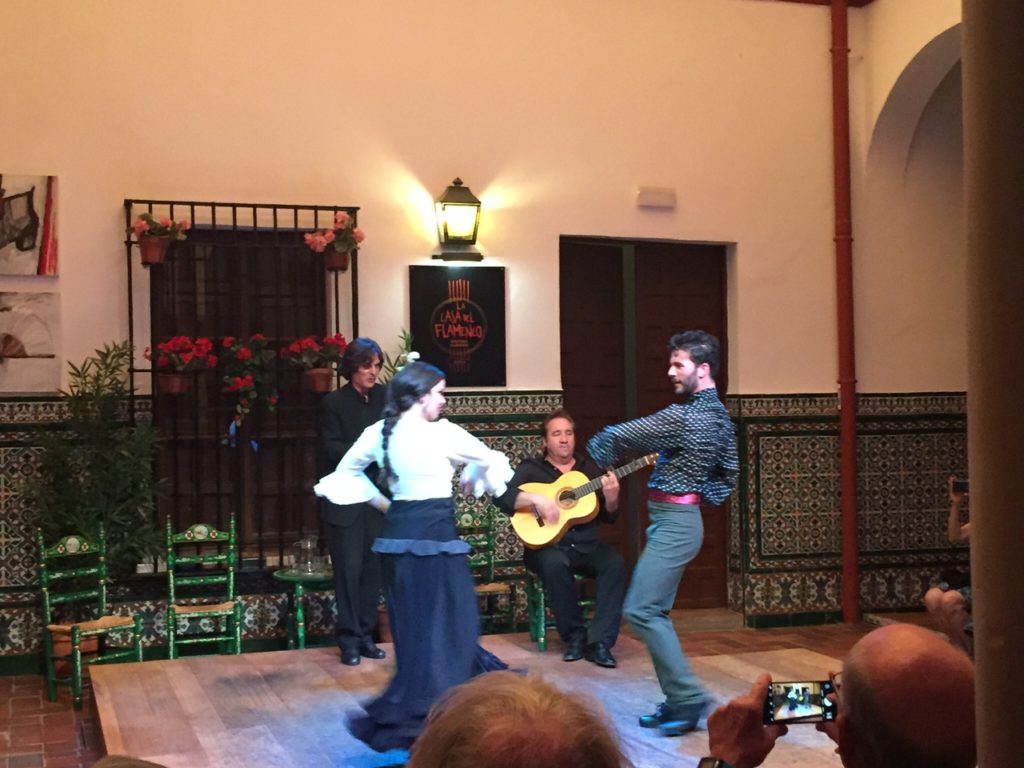
At the conclusion of their trip, Laury and Jerry flew from Seville to Madrid, and then back to the United States.
How did they plan their trip? Jointly they decided which parts of their trip they would travel by train and which parts they would travel by bus. They took a bus to get to some of the little hill towns, but took the train between major cities. They walked and took public transportation within the large cities. So, between using trains and buses to get from town to town, they decided to make their trip work without a rental car. All of their train and bus tickets they booked ahead of time. They did use Rick Steves’s suggestions and also used the national train website.
They only took one small suitcase each and washed a load of laundry during the trip at a washateria. Their daughter was a huge help because she could speak some Spanish. However, they would have done just fine anyway because so many people spoke English, even seemingly more than when they were in Germany.
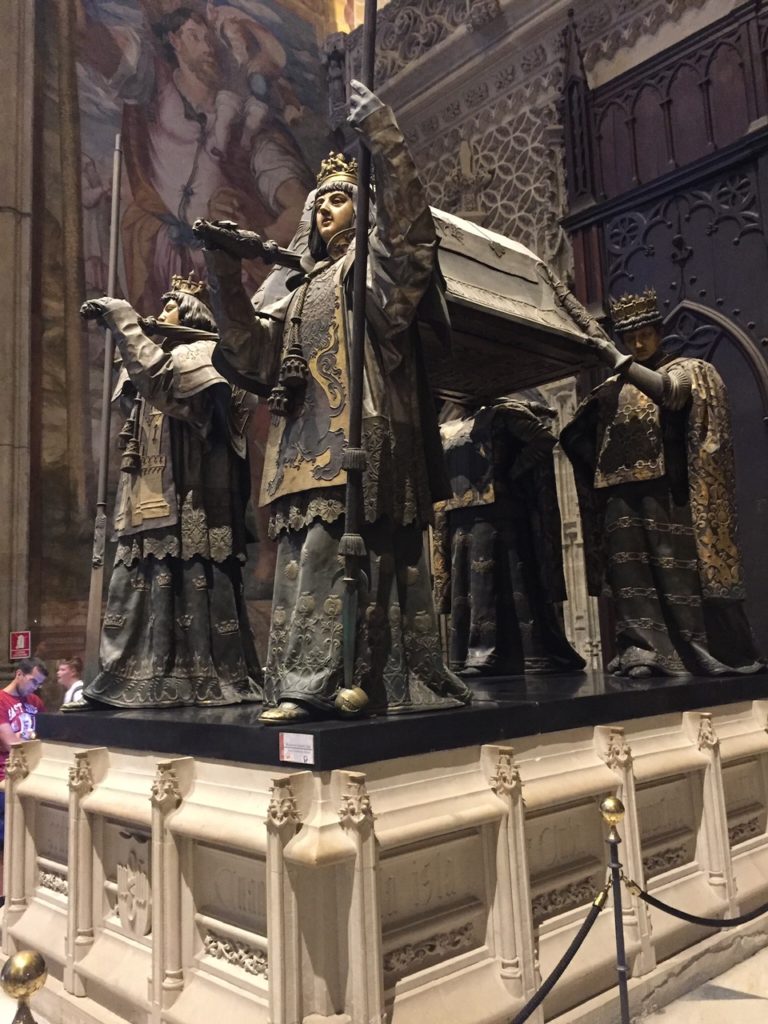
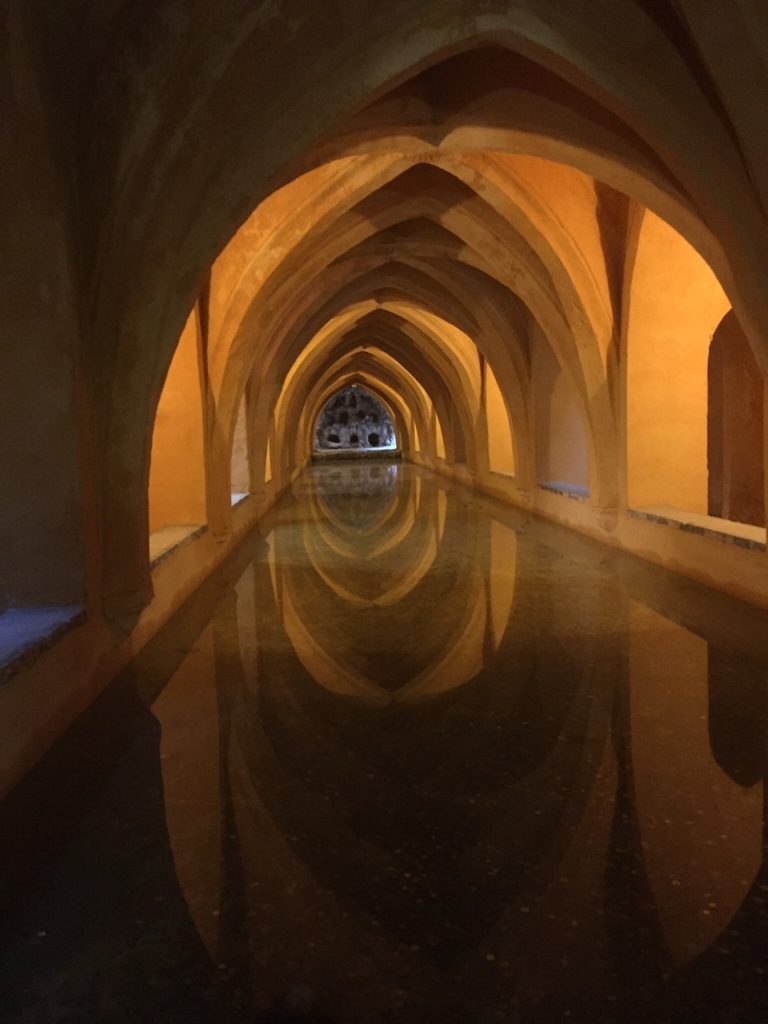
Please comment, “like” and share!
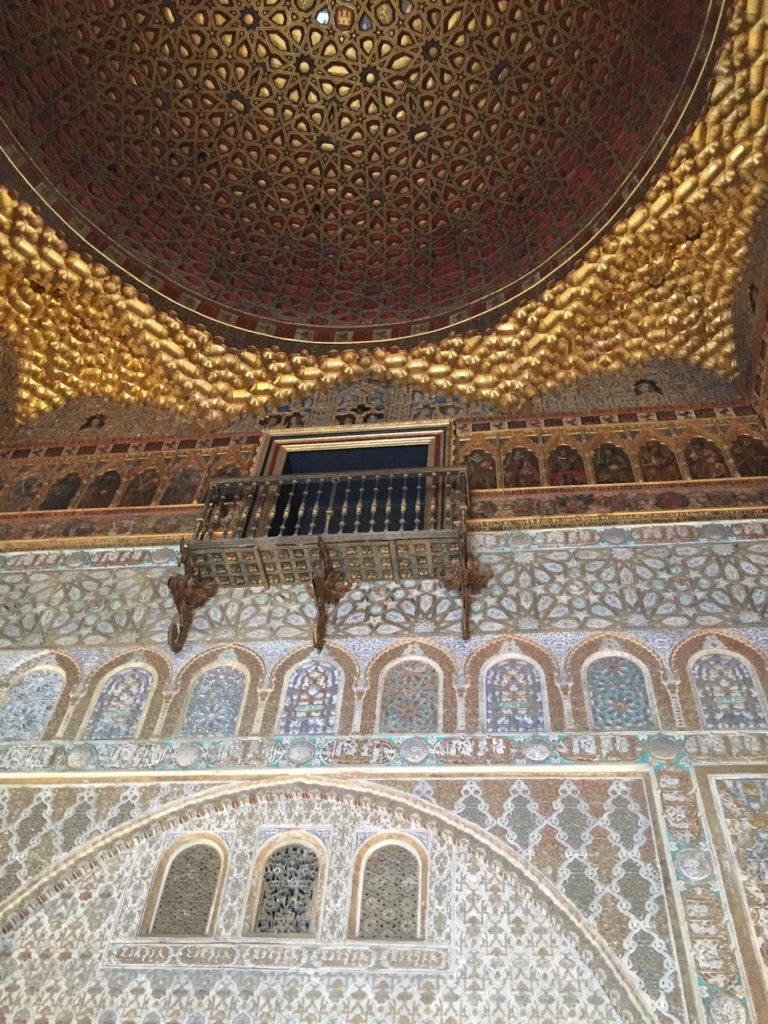

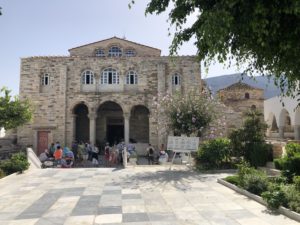
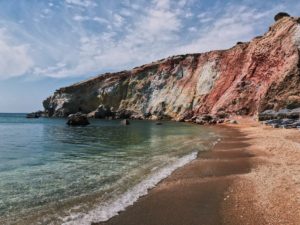
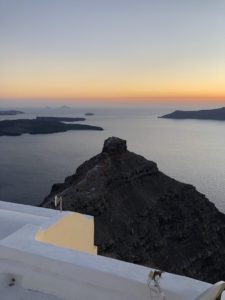
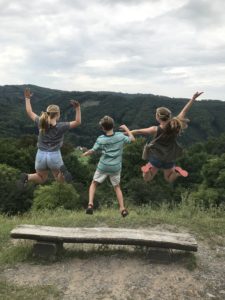
2 Comments
I’d love to recreate this marvelous journey! Have explored Barcelona, but yearn to see the rest of Spain in all of its diversity and beauty. Thanks for sharing, Kelley.
Thank you O’Lene! I’m so glad you enjoyed the post. I’d love to hear more about your adventures in Spain.
Comments are closed for this article!